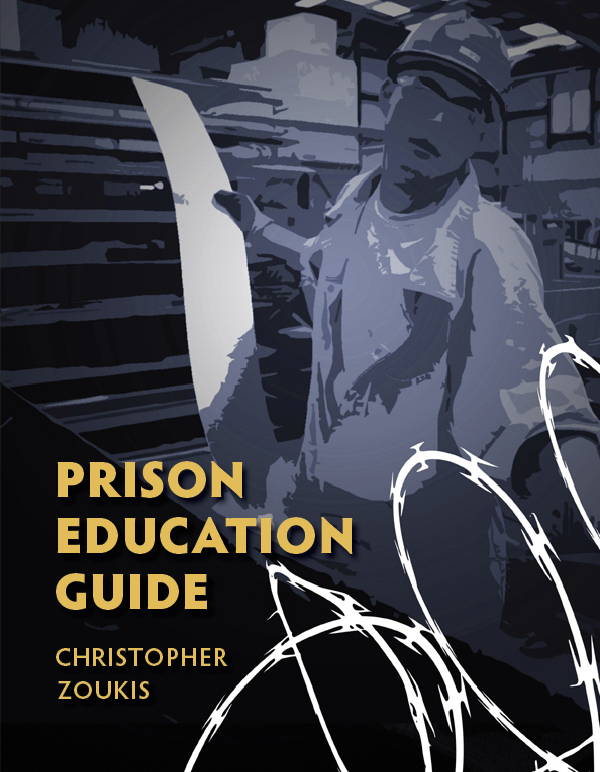by Douglas Ankney
In a case of first impression in the Circuit, the U.S. Court of Appeals for the Third Circuit held that a federal prisoner appealing a District Court’s choice of remedy in a 28 U.S.C. § 2255 proceeding must obtain a certificate of appealability (“COA”).
In 1990, a …
by Douglas Ankney
The Supreme Court of Appeals of West Virginia held that, where a trial court has not set a deadline for submitting a stipulation to a prior conviction, the court must permit a defendant to so stipulate when (1) that prior conviction is an essential element of …
by Douglas Ankney
The U.S. Court of Appeals for the Sixth Circuit held that Andrew Damarr Morris’ sentence was procedurally unreasonable because the U.S. District Court for the Western District of Michigan failed to adequately explain its decision to impose consecutive sentences, and the sentence was substantively unreasonable because the …
by Douglas Ankney
In June 2023, the Legal Aid Society made available to the public a new database with over 450,000 searchable records of New York Police Department (“NYPD”) and Department of Corrections (“DOC”) officers with the goal of shining a light on the actions of the NYPD and the …
by Douglas Ankney
The U.S. Court of Appeals for the Ninth Circuit joined the First, Second, and Fourth Circuits in holding that when deciding motions filed by defendants seeking a sentence reduction under 18 U.S.C. § 3582(c)(1)(A)(i), U.S. District Courts may consider non-retroactive changes in post-sentencing decisional law affecting the applicable …
by Douglas Ankney
The Supreme Court of Kansas held that Kansas law permits a defendant to file a motion to correct an illegal sentence in appellate court on direct appeal; the legal standard for remand on the motion is K.S.A. 2022 Supp. 21-6814(d); and the 2022 amendment to K.S.A. 6814 …
by Douglas Ankney
Resolving a conflict among the U.S. Courts of Appeals, the Supreme Court of the United States (“SCOTUS”) held that a pending investigation or proceeding is not required for an offense to be “relat[ed] to the obstruction of justice” and considered “an aggravated felony” for the purposes of …
by Douglas Ankney
The Supreme Court of California vacated Tyree Ferrell’s second degree murder conviction because his jury was instructed on a now invalid theory of felony-murder and the jury’s finding of an enhancement that he intentionally discharged a firearm that caused a death in committing his offense when coupled …
by Douglas Ankney
Resolving a split among the U.S. Courts of Appeals, the Supreme Court of the United States (“SCOTUS”) held that “§ 2255(e)’s saving clause does not permit a prisoner asserting an intervening change in statutory interpretation to circumvent AEDPA’s restrictions on second or successive § 2255 motions by filing a …
by Douglas Ankney
The Supreme Court of Maryland (formerly known as the Court of Appeals of Maryland) held that the methodology of firearms identification presented to the trial court did not provide a reliable basis for the expert witness’ unqualified opinion that four bullets and one bullet fragment found at …





